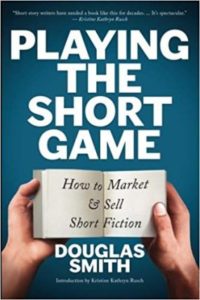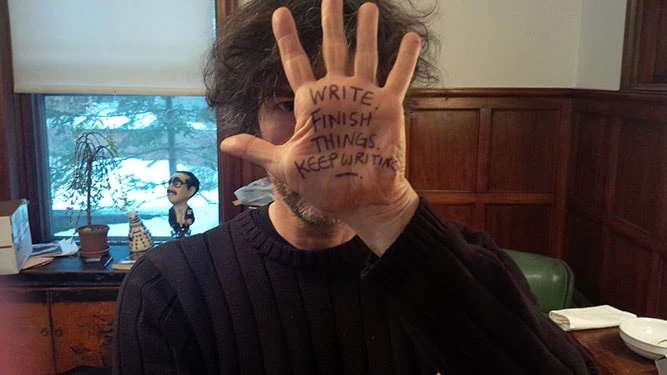
Back near the beginning of the year, I committed to “The Year of Living Short Fiction,” during which I would write 25 short stories in 2019. I just finished the first of those stories.
I think I’m a little behind.
Note: Links in this post may be affiliate links, which means I’ll receive a commission, at no extra charge to you, if you make a purchase through such a link. Learn more here.
I chose the number 25 because 50—around one story per week for a year—sounded too ambitious for me, especially since the commitment was a direct response to an inexplicable and debilitating fear. I figured that halving that number would make sense. It would be a challenge, for sure, but I figured it would be doable.
Never underestimate the power of procrastination. Thanks to another difficult semester, this one derailed by some challenges as a parent (teens, amirite?), I found myself overwhelmed—paralyzed and staring into space, or distracted by social media and the YouTube rabbit hole, or panicked and cranking out all the last-minute work that I’d allowed to pile up in my paralysis and distraction. I simply didn’t have much time—or, more accurately, energy and focus—to write.
And yes, that is indeed an excuse.
The semester ended, though, and since I’m not teaching this summer, a lot of that overwhelm has evaporated. So after a week of recovery and reflection, including my usual Personal Trimesterly Review, I sat down and wrapped up a revision of a story I’d been drafting sporadically over the past several months.

This short fiction project was inspired by Canadian author Douglas Smith’s Playing the Short Game, which is itself inspired, in part, by Heinlein’s Five Rules:
- You must write.
- You must finish what you start.
- You must refrain from rewriting except to editorial order.
- You must put it on the market.
- You must keep it on the market until sold.
The fourth and fifth rules are my new source of anxiety. The story—as anyone who knows me might expect—is a touch quirky, and I have some work to do identifying appropriate publications.
Those last rules are also the reason I’m not simply posting the story to this blog. The most important rights for a writer to license are the “first rights”—the right to be the first publisher to release the work. These first rights are in many ways the most valuable, in the sense that many of the premiere publications won’t even look at the work if it’s already been published—and that includes works that have been posted on the writer’s site, even if the writer isn’t paid, and even if the site only has a handful of readers.
So, for now, I’m going to focus on two things. The first I already mentioned: I’m going to figure out where to send this story first; while it’s out, I can figure out the next places to send it. The second follows a rule that Neil Gaiman added to Heinlein’s five: “You must start the next thing.”
And that next thing is already cued up in Scrivener.

P.S. The Five Rules appear in Heinlein’s essay, “On the Writing of Speculative Fiction.”
Leave a Reply